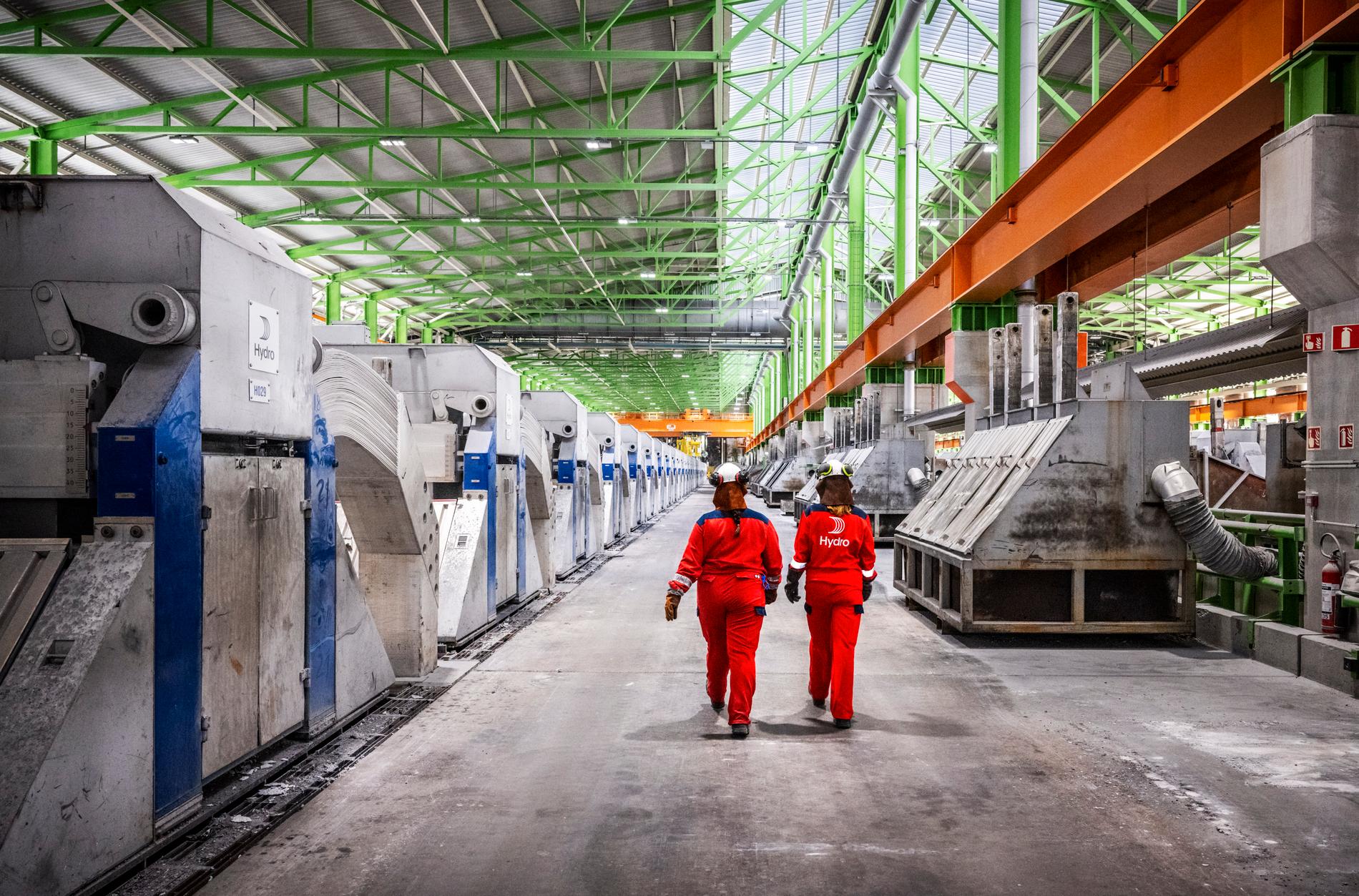Arrived from different places in Europacrowds of foreigners converged on France at the end of the 1930s and many of them had a common ideal that led them to join the resistance against the Nazi occupation, a prominent role that is now rescued by an exhibition presented this Wednesday in Paris.
Under the title, «Foreigners in the resistance in France»the axis of the sample Shoah Museum It is the so-called “Manouchian group”, named after its leader, the Armenian poet and resistance fighter Missak Manouchianwho on February 21 will be introduced along with his wife into the Paris Pantheon, where France pays tribute to some of its most famous figures.
“In addition to Manouchian, it is the group of foreigners who participated in the Resistance who will enter with him” the Pantheon, he highlighted. Sophie Nagiscarderesponsible for cultural activities at the museum, during the presentation to the press.
That day will be the 80th anniversary of the execution of Manouchian and 21 members of his group, of which the Spaniard was a part. Celestino Alfonsoin the fortress of Mont Valerienin Suresnes.
The Manochian group, made up of communists from various countries, committed a series of attacks against Nazi officials in Paris and sabotage of infrastructure. Alfonso, together with the Polish Marcel Raymanthe German Leon Kneelerthe Italian Spartaco Fontanot and the french Raymond Kojitskyformed the so-called “special team” that carried out the executions of Nazi officers.
Economic migrants from the 1920s, Spaniards exiled after the Civil War, anti-fascist refugees from all over central and eastern Europe – including Italians – as well as Jews of many nationalities joined the resistance against the Nazi occupation, as they had all come together. in France as a land of asylum.
Many of them were communists who only joined after Nazi Germany invaded the Soviet Union in June 1941, breaking the non-aggression pact signed in 1939.
“The resistance in France was carried out transnationally,” he points out. Renee PoznanskiIsraeli university professor Ben Gurion Neguev and curator of the exhibition, of which she said that, given the broad scope of the topic, she tries to “highlight some specific examples,” especially the Manouchian group.
How many were these foreigners? «An estimate cannot be given. It is known that there were probably several thousand,” historian Denis Peschanski, director emeritus of Research at the French National Center for Scientific Research (CNRS), tells EFE.
The exhibition highlights the role of exiled Spanish republicans, who had military experience and who organized numerous “maquis” groups throughout the south and southeast of France.
After the end of the Spanish Civil War In 1939, «there is a mass of Spaniards who stay in France. In the part near the Pyrenees, in about thirty departments, in June 1944, there were 4,000 resisters in groups organized by the Spanish. “It’s something enormous,” highlights Peschanski, who cannot help but mention that he is the son of an international brigadier who fought in Spain.
The exhibition remembers the figure of Francisco Ponzán, a Spanish anarchist who from the south of France wove an extensive network of collaboration with French and British military espionage, and who was arrested and shot, along with about 50 people, in August 1944 when liberation was about to reach that area.
Likewise, he does not fail to mention the role of the Spanish combatants who made up the majority of “la Nueve”, the ninth company of the March Regiment of Chad, which was the vanguard of the Second Armored Division of the French Army that liberated Paris on the 24th. August 1944. EFE (I)
#Exhibition #France #highlights #role #foreigners #resistance #Nazis


